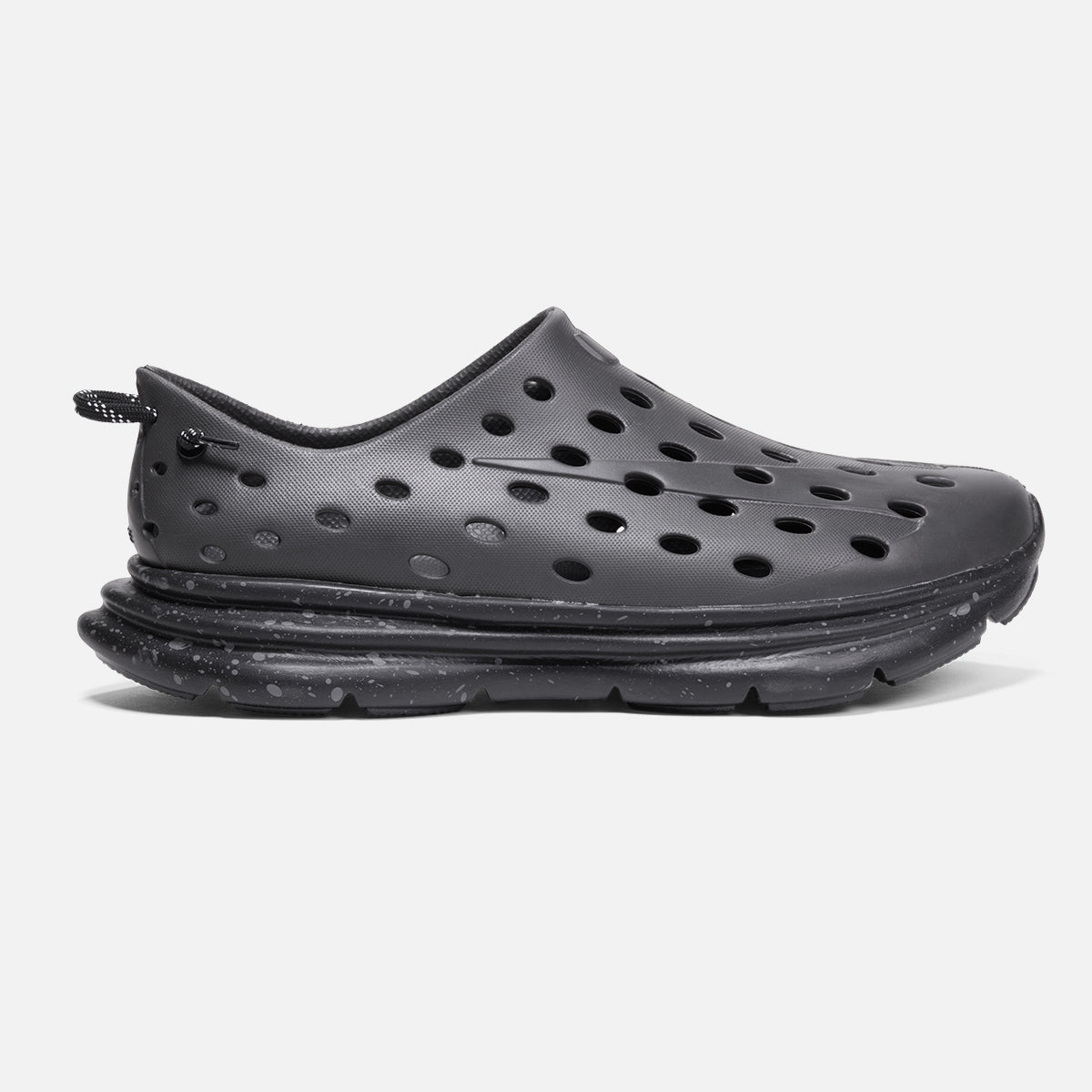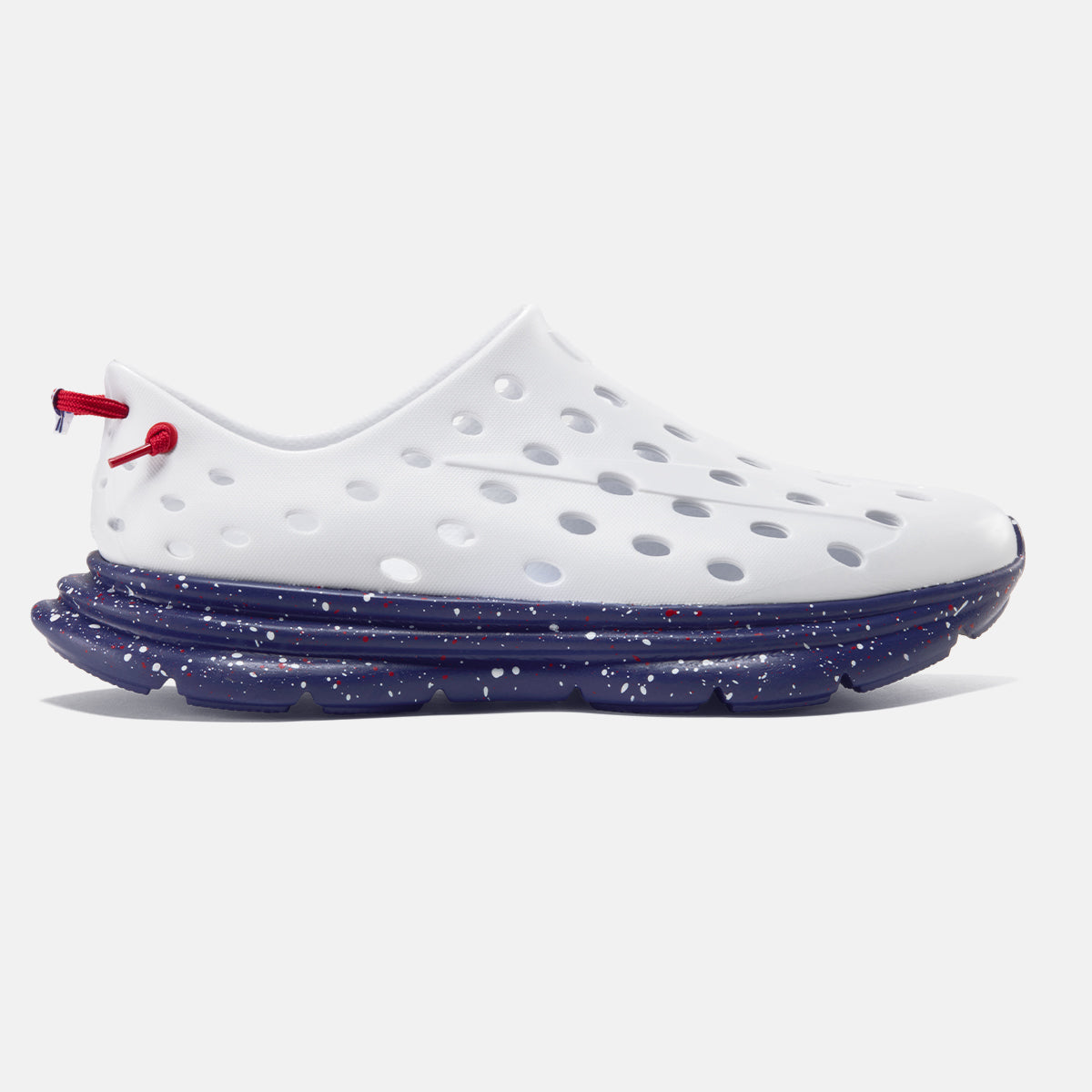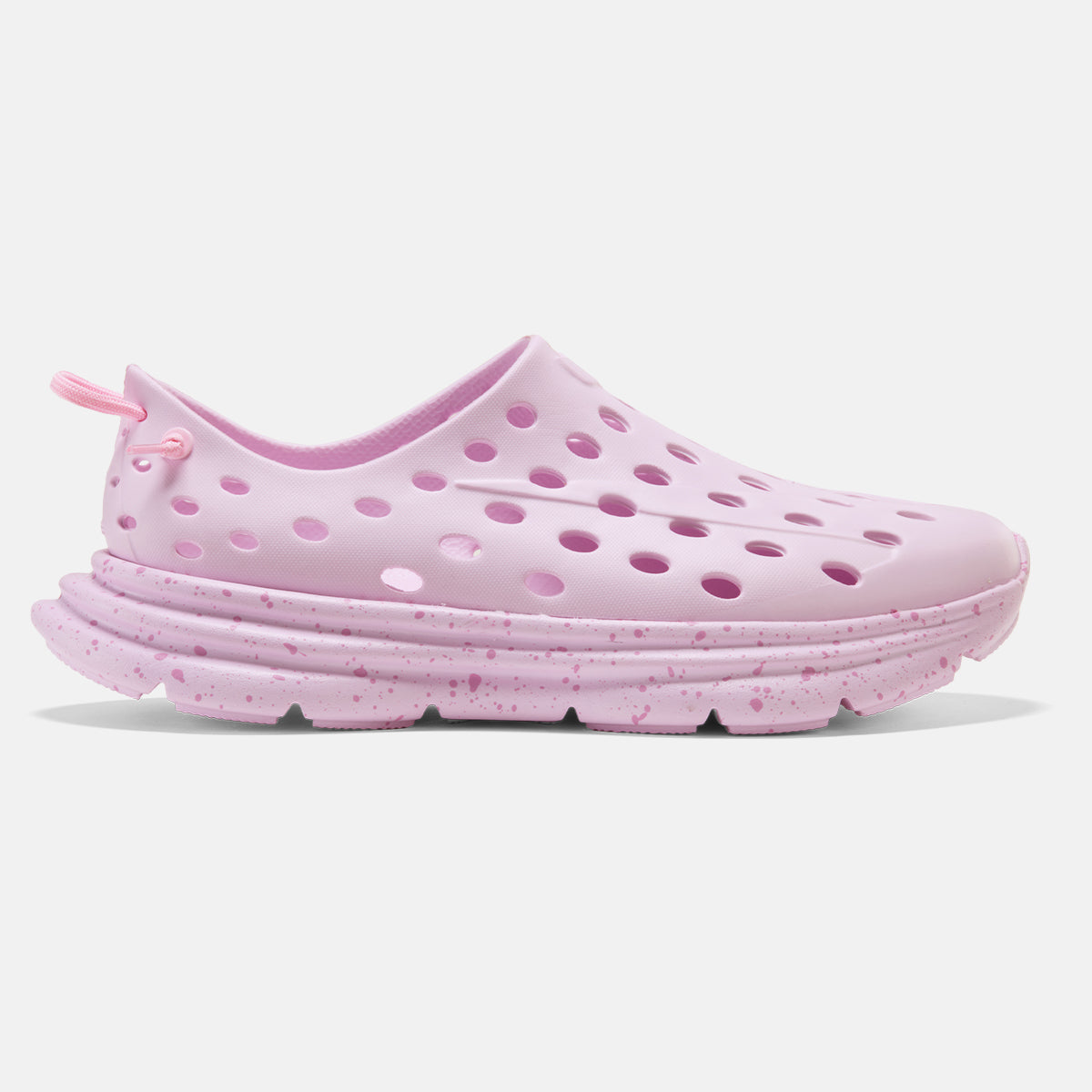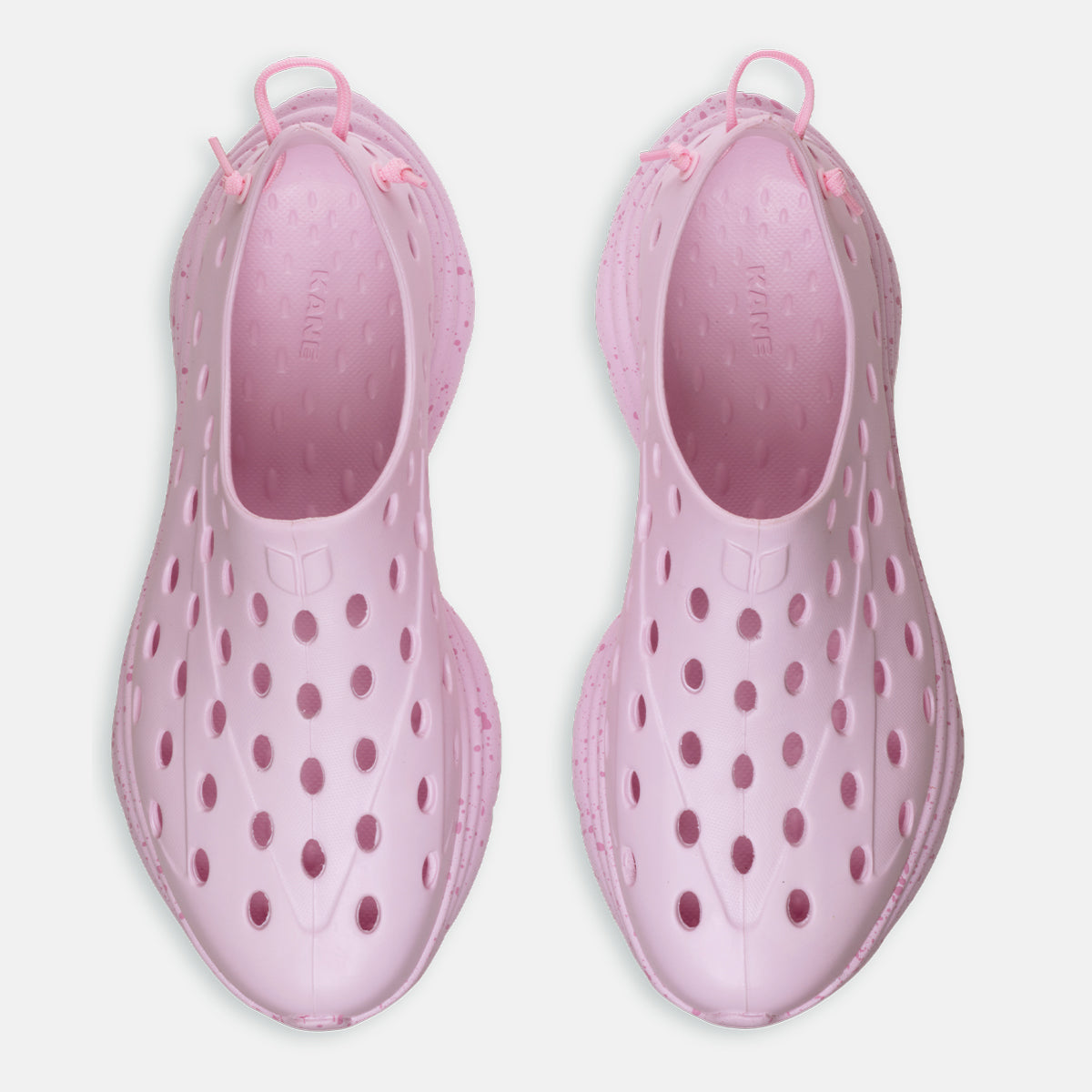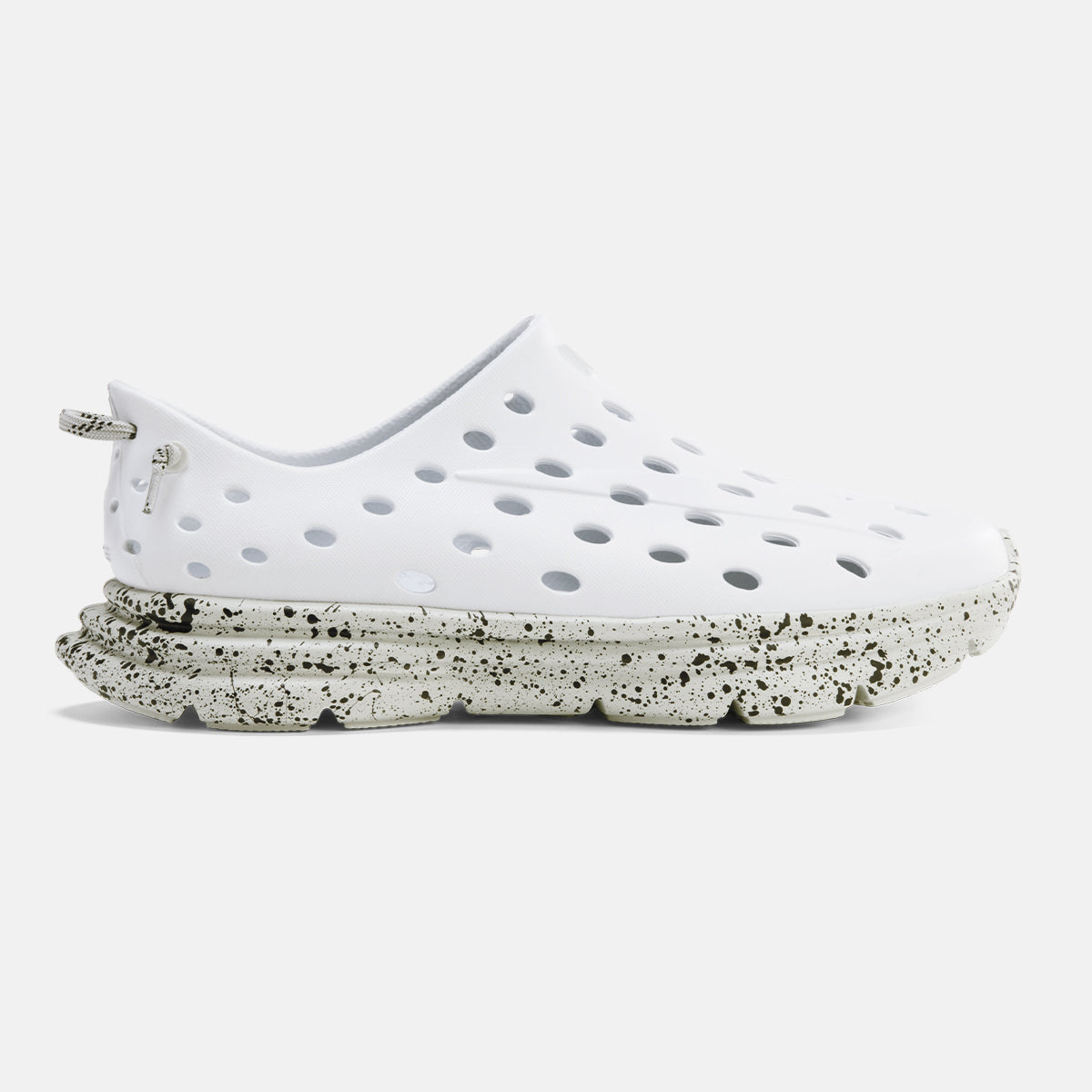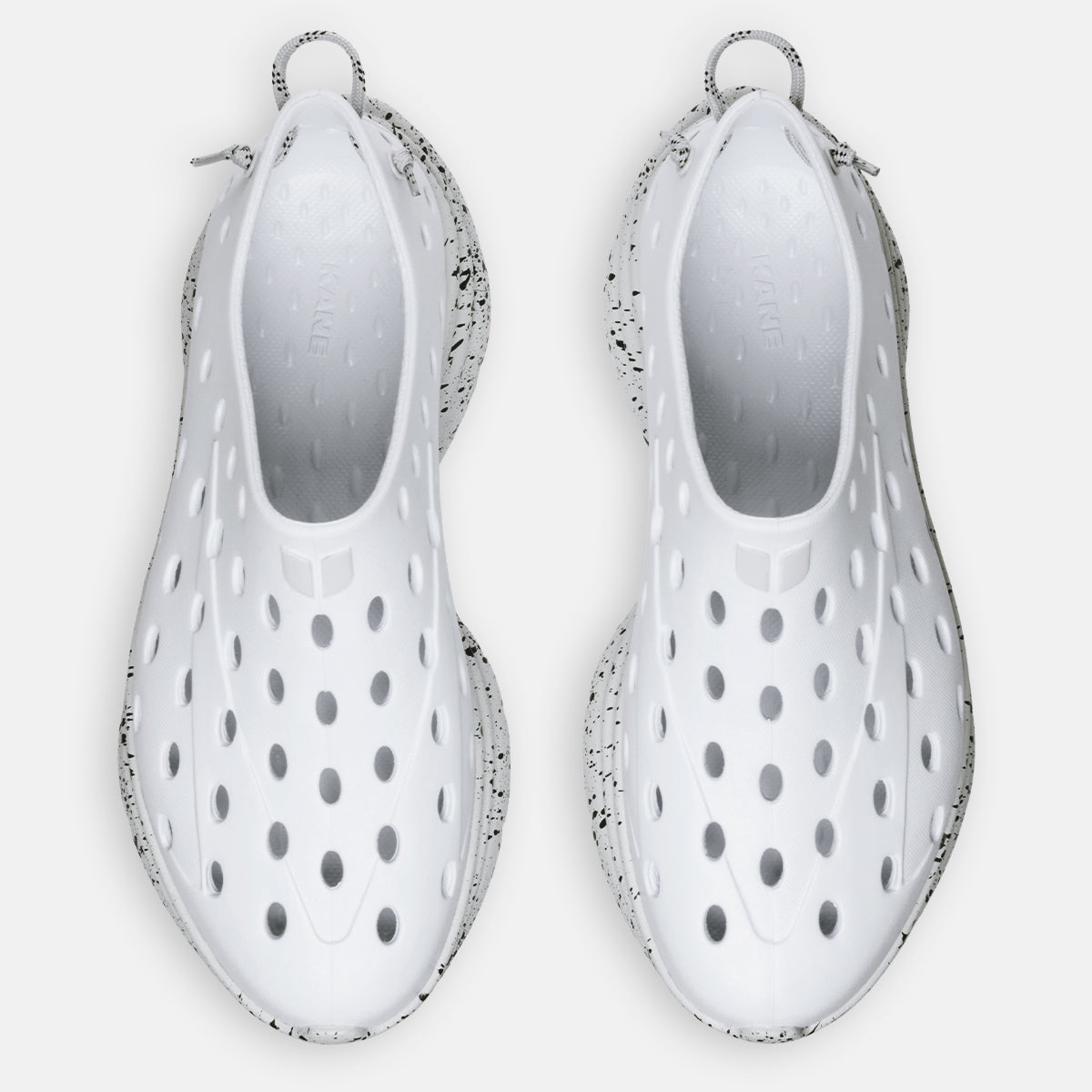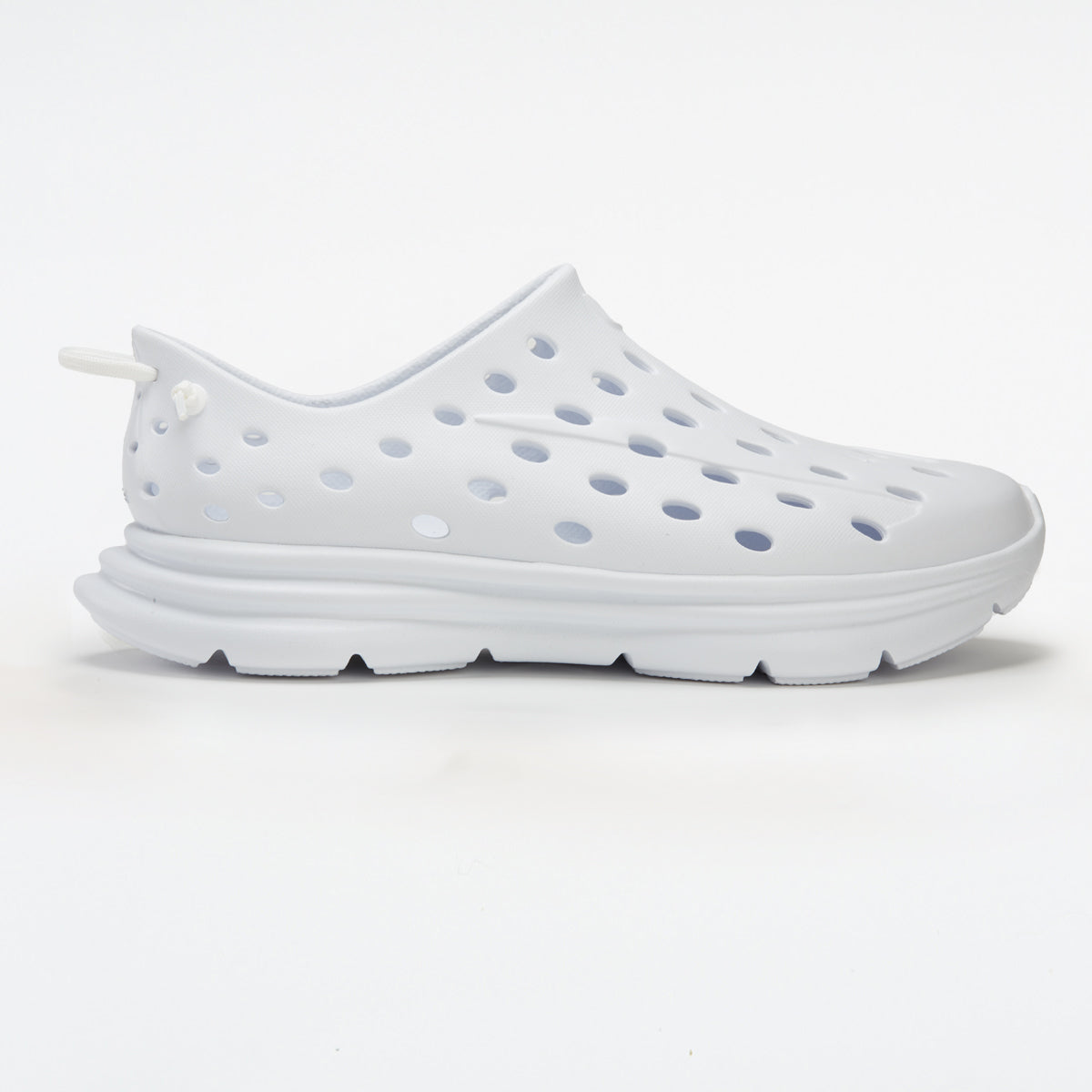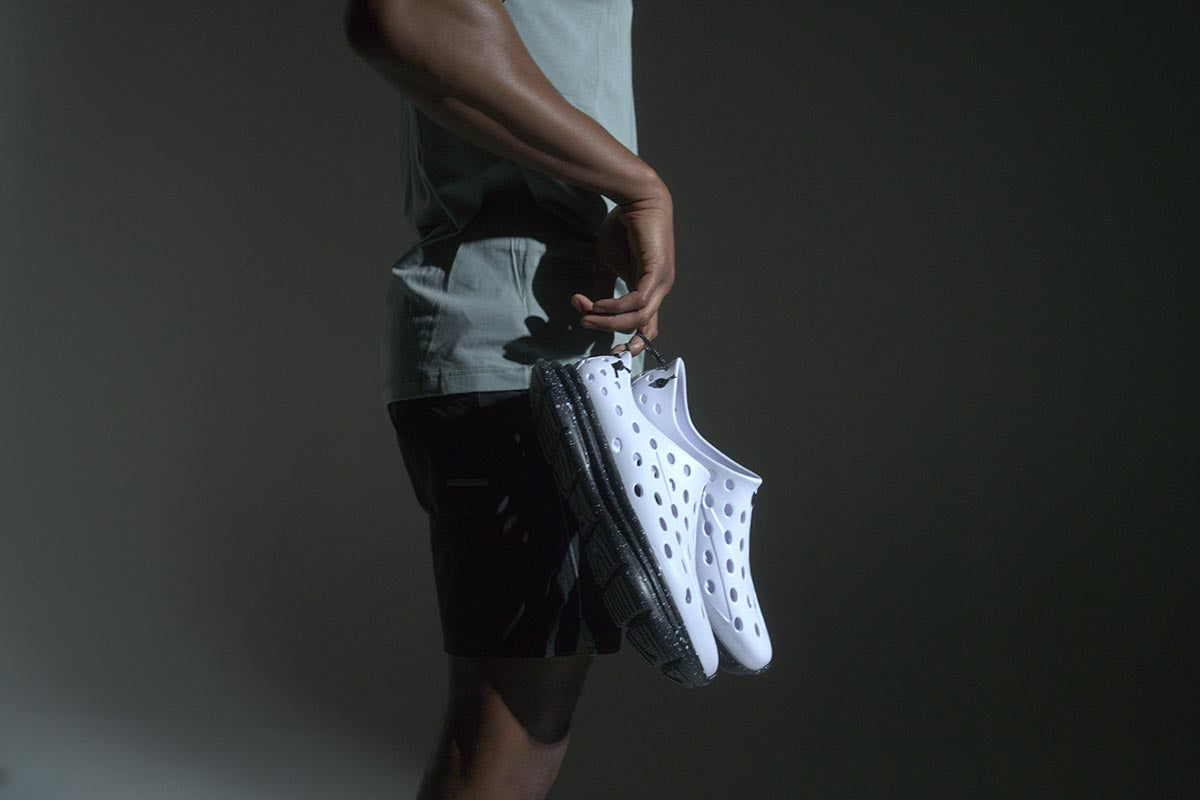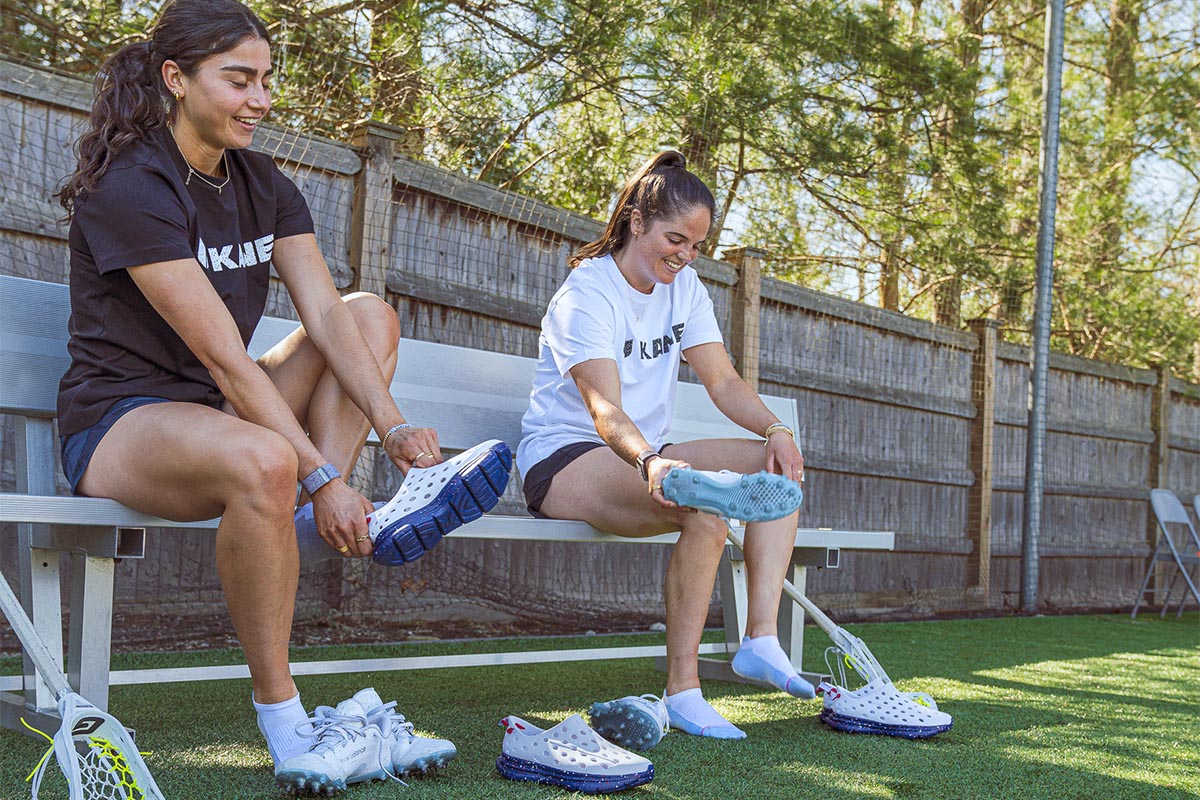Feeling proud of your running accomplishments? That’s great! But are you also feeling burned out and sore in the aftermath? That’s not so great. Fortunately, you’re not alone. Many runners and athletes experience post-run or post-exercise fatigue - the key is knowing how to manage it and recover properly.
Whether you’re a recreational runner, or training for a half marathon (or beyond), it’s likely that long-distance runs are part of your routine. Making sure you recover effectively from these tougher runs will help improve your overall running performance. After all, your body must recuperate if you want to progress!
Let’s discuss why recovery measures are so crucial.
Why does run recovery matter?
After an intense run, your leg muscles experience stress from this repetitive action. In fact, tiny tears inside the muscle fibers begin to take place. This is a natural adaptation process for the body and is a good thing.
Subsequently, our body begins to repair itself by increasing blood flow to the damaged areas and by releasing growth hormones. This whole process encourages the regeneration of our muscles. Assisting our body in this rejuvenation, however, is essential.
Proper run recovery is most effective when done so immediately following your run, so don’t wait too long to take action. Here’s why doing so helps:
- Risk of overuse injuries is reduced
- Muscle adaptation is improved
- Soreness, inflammation and fatigue is decreased
- Training is kept sustainable without burnout
Follow on for a helpful running recovery guide!
10 methods to boost the recovery process
1. Benefits of recovery runs
As an effective form of active recovery, a recovery run refers to a shorter-distanced, slower-paced run. This type of run takes place within 24 hours of longer, more intense runs, keeping your body in an active - but not strained - state.
Consistent runners (i.e. those who run over three times per week) should incorporate recovery runs as part of their routine. Slow-paced runs will allow your body to stay on track with your fitness goals without overexerting your muscles.
Below are a few of the benefits of recovery runs:
- Form improvement: Your recovery run pace should be relaxed and comparatively leisurely, allowing you to zero in on your overall running form during the exercise. When you set aside your typical long-distance running goals, (i.e. increasing your distance and speed), you can improve upon some other elements of your run that are also important (i.e. posture)
- Performance enhancement: Recovery runs allow you to maintain a certain fitness level, instead of succumbing to your fatigue and hitting a wall after a long run. By mixing it up and decreasing the level of difficulty and intensity of pace following long-distance, recovery runs can help your body perform at its best (i.e. during a marathon.)
- Mental health improvement: A slower run is still a mood-booster in the way all exercise and activity is, but without the sheer exhaustion to accompany it. A recovery run is more relaxing than a hard John Hopkins Medicine, “by making running, jogging, or any aerobic exercise a regular part of your routine, you stand to earn more than just physical gains over time.”
While recovery runs are achieved at a much slower pace, they are still considered to be a solid form of exercise. Here are a few essentials to keep in mind when it comes to your recovery runs:
- Pick flat grounding: Choosing a running path without barriers (like rocks, dips, muddy areas, puddles, or sudden changes in elevation) will help to keep your energy in check and maintain an ease of motion.
- Maintain a conversational pace: You’re on the right track if you can still talk while performing a recovery run. The key is to feel energized, not exhausted or winded from this type of run, so keep a slow and steady pace.
- Keep it short and sweet: A recovery run should be under an hour, an ideal duration being between 20-45 minutes.
2. Take a post-run walk
A post-run walk is a helpful way to cool down after a lengthy run, jumpstarting the process of recovery. It allows your body to come down from the high of the run more gradually, versus having a sudden halt in activity. (This is why immediately sitting down and staying seated following a run isn’t a great idea.)
In order to avoid shocking the body, as well as those dreaded muscle cramps and stiffness, try taking a post-run walk for around 15 minutes or so. Not only will it feel good, but it’ll be extremely good for your recovery.
Walking after a run will slow your breathing down slowly, lower your heart rate, and allow your muscles to relax gradually. Plus, you can enjoy the scenery while you’re at it! No matter the season, breathe in the fresh air on your stroll and congratulate yourself on a run well done.
3. Refuel and rehydrate
During and after intense workouts like long-distance runs, hydrating and fueling up is critical. Long runs use up our glycogen stores (the stored form of glucose in our bodies, which fuels our cells) creating a necessity for adding fuel back in. Getting proper nourishment and electrolytes help our bodies repair our muscles.
You might be thinking - how can I get a sufficient amount of fuel and hydration in during my run? Fortunately, electrolyte beverages come in a wide variety today and provide many, if not all, of the vitamins and minerals needed for energy and function. This becomes exceedingly crucial during warmer months, and if you live in a warm climate.
As for after your run, complex carbohydrates and protein are the way to go. Whether you get these into your system in solid format, or as a shake, either will aid in your recovery. Remember to do so within the first hour post-run!
4. Try an epsom salts soak
A relaxing bath may be just the solution you need to help feel calm and recover after a hard day’s workout. The combination of warm water and epsom salts can relieve muscle pain and soreness (including delayed onset muscle soreness, known as DOMS), as well as reduce stress considerably - both mentally and physically. These baths can also ease inflammation in the body.
There are a variety of epsom salts on the market. Some are unscented in original format, and others come with essential oils. Eucalyptus essential oil, for instance, is invigorating and helps to clear the air passages (which is particularly helpful in the wintertime!)
5. Massage therapy
Whether you give yourself a massage, have a partner do it for you, visit an RMT, or use a foam roller or massage gun, massage therapy is a great way to recover.
By targeting specific areas, all of these massage varieties can help ease up tension, relieve sore muscles and increase circulation. This is key for all athletes, since muscle aches come with the territory of rigorous exercise.
6. Stretching (head to toe)
When you run, you're not just using your lower body - your upper body is moving as well! This is why full body stretching is key. Not only does it feel great, but it can help to improve coordination, relieve muscle tension and soreness, improve circulation, and aid in relaxation. These are all essential to the post-run recovery process.
So whether you choose to stretch out in the morning, afternoon or evening, make sure to focus on the total body. Yoga is a helpful full body stretching practice that you can do in the comfort of your home, or by going to a yoga class. Always hold stretches gently without too much force, for about half a minute.
For a lower body stretch, focus on your:
- Hips and hip flexors
- Calf muscles
- Quads
- Hamstrings
- Glutes
- IT Band
- Feet (including toes)
For an upper body stretch, focus on your:
- Arms (especially your triceps)
- Back
- Shoulders
- Chest
- Abs
- Neck
It’s helpful to add active recovery footwear into your stretching routine, as this type of shoe can keep you supported and stable throughout.
7. Promote blood flow with legs up the wall
If you’ve never done this before, chances are you’ve heard of it, or have seen someone else do it. Putting your legs up the wall (with your back on the floor) has many benefits, and is very advantageous for post-run recovery. This pose helps to reduce swelling in the legs and increase blood flow.
Whether you take a yoga class or simply want to try this at home, you’ll instantly feel the benefits of this inversion pose - both during and afterwards. The goal is to remain in this position for at least a 10 minute period. Ideally, legs up the wall would be performed shortly after your run or exercise, but it can be done anytime.
Legs up the wall is also simply an enjoyable and relaxing yoga pose. According to the Cleveland Clinic, “restorative yoga poses like legs up the wall are intended to guide your body into a state of relaxation.” All it takes is laying your torso and head flat down with your butt against the wall, and inverting your legs up.
8. Try cross training
Cross training refers to varying your fitness routine, combining high and low impact activities. While some people may choose to run every single day, it’s usually a good idea to break up that schedule at least a little bit each week.
When you incorporate other activities into your running routine, it can help aid in your overall recovery and prevent injuries.
A few examples of low impact or no impact cross training are:
- Cycling
- Swimming
- Aqua fitness (i.e. aqua-aerobics, aqua-jogging)
- Elliptical
- Cross country skiing
- Walking
- Strength/weight training
- Yoga/pilates
Cycling and swimming in particular are great zero impact activities that are extremely beneficial for the body. Biking and hitting the pool provide many aerobic benefits, boost endurance, and allow you to engage different sets of muscle groups without coming into hard contact with the floor.
9. Get adequate sleep
Catching those z’s should never be underestimated. When we sleep, our body repairs and restores itself in significant ways in order to continue with our activities the following day. It’s important to get not only enough sleep, but high-quality sleep as well.
Sufficient sleep allows muscle recovery to take place, which is essential for runners (and all humans, no matter how active you are.) While we are sleeping, our growth hormones begin to repair damaged tissues (i.e. our muscle’s micro-tears that form while long-distance running.)
Insufficient sleep over time can negatively impact our hormone balance, elevating our cortisol (stress hormone) levels. This stress hormone can inhibit proper muscle recovery.
Optimal sleep is also a significant contributor to our overall immune system, helping to regulate our immune response. Without proper sleep, you may get sick more easily, which will interfere with your training and your post-run recovery. So prioritize this essential, nightly downtime and rest up!
10. Take advantage of rest days
When we think of rest, we should think of other restful moments outside of just sleeping. A rest day doesn’t necessarily mean you’re committing to naps exclusively and doing nothing else (but feel free to grab a nap whenever possible!)
A rest day refers to taking time away from your habitual activity, or running schedule. You can still get moving if you choose, but try doing so in a calmer format.
Certain runners end up avoiding rest days, assuming this will throw off their progress and slow them down. In actuality, low intensity activities can help keep you on the ball and aid in recovery. In many ways, rest days have a similar effect on your body that sleep does.
Here’s what you can do on a day off:
- Gentle stretching
- Gentle yoga
- Gentle pilates
- Gentle neighborhood walks
A nice walk in proper, supportive footwear can help both your mental and physical state. While you’re getting the blood flowing on a stroll, take some time to evaluate your running progress thus far. And thank your body for all the recovery benefits it's offered you.









































